Tales of Trade and Treasure – Exploring Economic Ideals
This is an experiment in story telling, combining adventure with the exploration of economic theories in a way that’s accessible and engaging, providing not just entertainment but also valuable insights. Hopefully.
In the grand economic theater of our world, the prevailing saga is often led by a theory known as Neoclassical economics. Imagine Neoclassical economics as the grand architect of Economia, a wise old wizard whose magic spells are market efficiency, supply and demand, and rational choices. According to him, the markets of Economia, if left to their own devices, will find a balance where everyone gets what they need at fair prices. His tower is built on the foundation of mathematical formulas and models, predicting how the economy will move and shake.
But as in any good tale, there are alternative sages and scholars, each with their own vision for Economia.
First, there’s the Kingdom of Keynesianism, founded by the legendary mage Lord Keynes. In times of economic darkness, when dragons of recession breathe fire upon the lands, Keynesians believe in the power of the royal treasury and the wizards of central banks to cast powerful spells of spending and monetary easing. They argue that, sometimes, the architect’s designs need a helping hand to keep the kingdom prosperous.
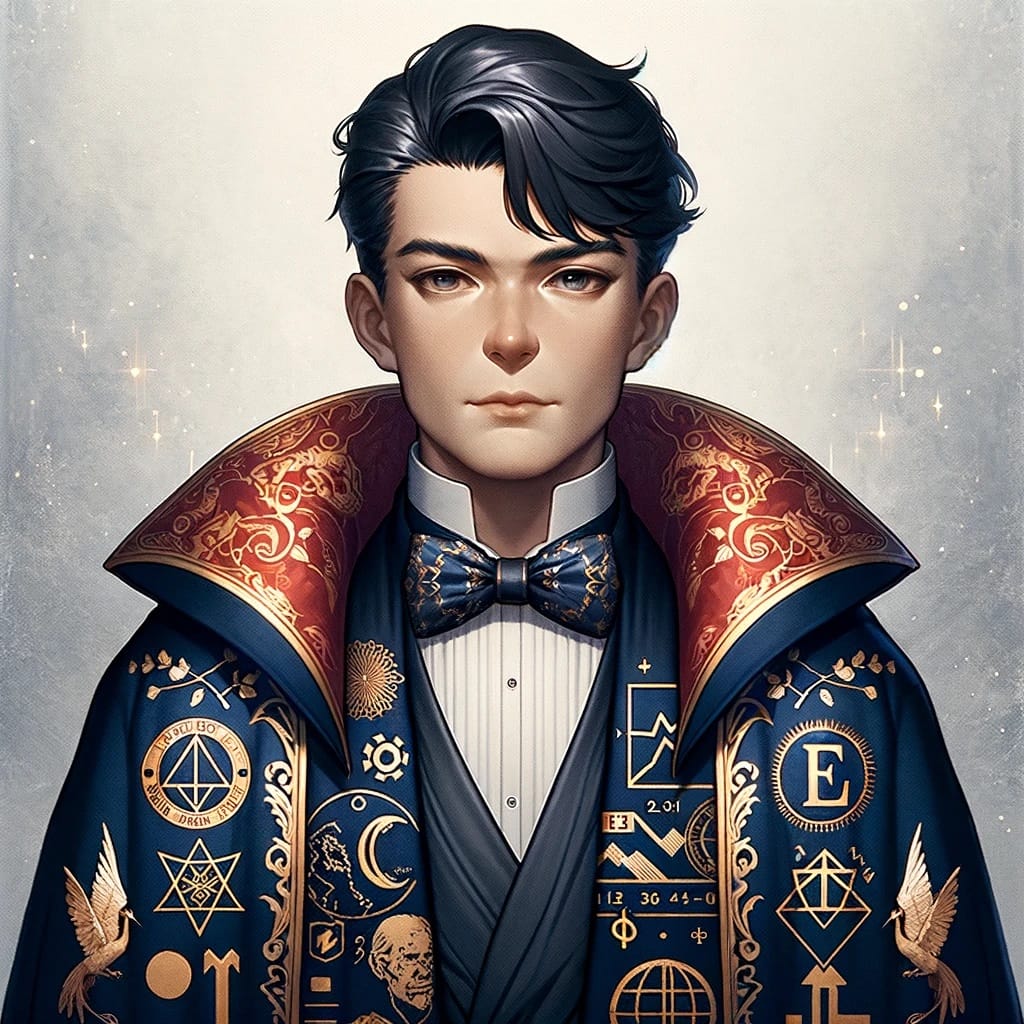
Venturing into the wilds, we find the followers of Austrian economics, rugged individualists who distrust the grand architect’s reliance on equations and models. They see the economy as a vast, organic forest, too complex for simple maps. They believe in the invisible hand of the market, yes, but they caution against the meddling of central bank wizards, fearing their spells often lead to bubbles and imbalances.
In the north, the mariners of the Monetarist fleet, led by the admiral Milton Friedman, navigate by the stars of money supply. They argue that controlling the amount of gold coins and currency in circulation is the key to steering clear of the storms of inflation and keeping the economic seas calm.
And then, there’s the emerging realm of Behavioral economics, a land where the inhabitants recognize that not all traders and travelers act as rationally as the grand architect’s models suggest. They study the myths, legends, and emotions that guide people’s decisions, blending psychology with economics to understand why sometimes, against all logic, people make odd or self-defeating choices.
Each of these realms and their champions bring their own insights, spells, and visions to the grand council of Economia. They debate, they argue, and sometimes they collaborate, all in the hope of guiding their world through prosperity and challenge alike.
In our own world, these economic theories and the debates between them shape policies, influence governments, and guide the decisions of companies and individuals. Understanding them is like learning the language of the land, allowing us to navigate its challenges and opportunities.
The Call to Adventure
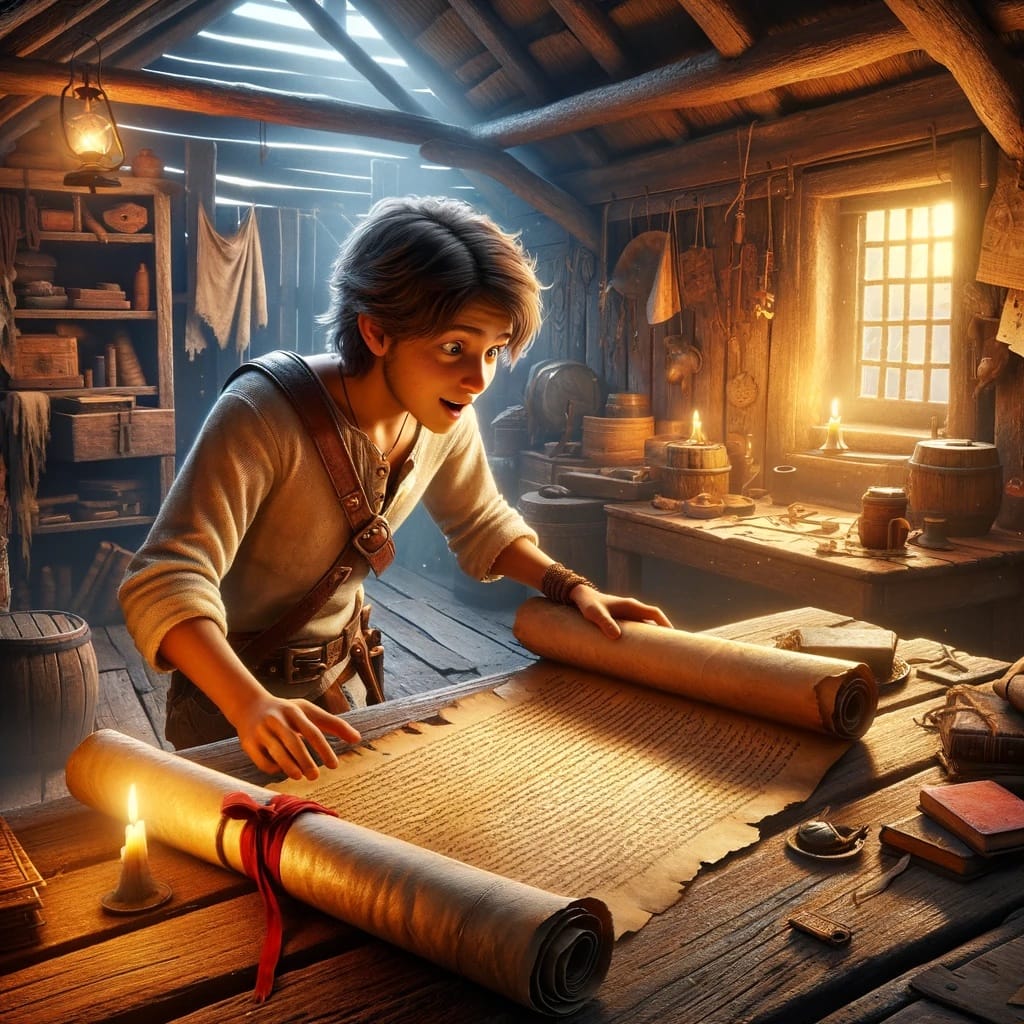
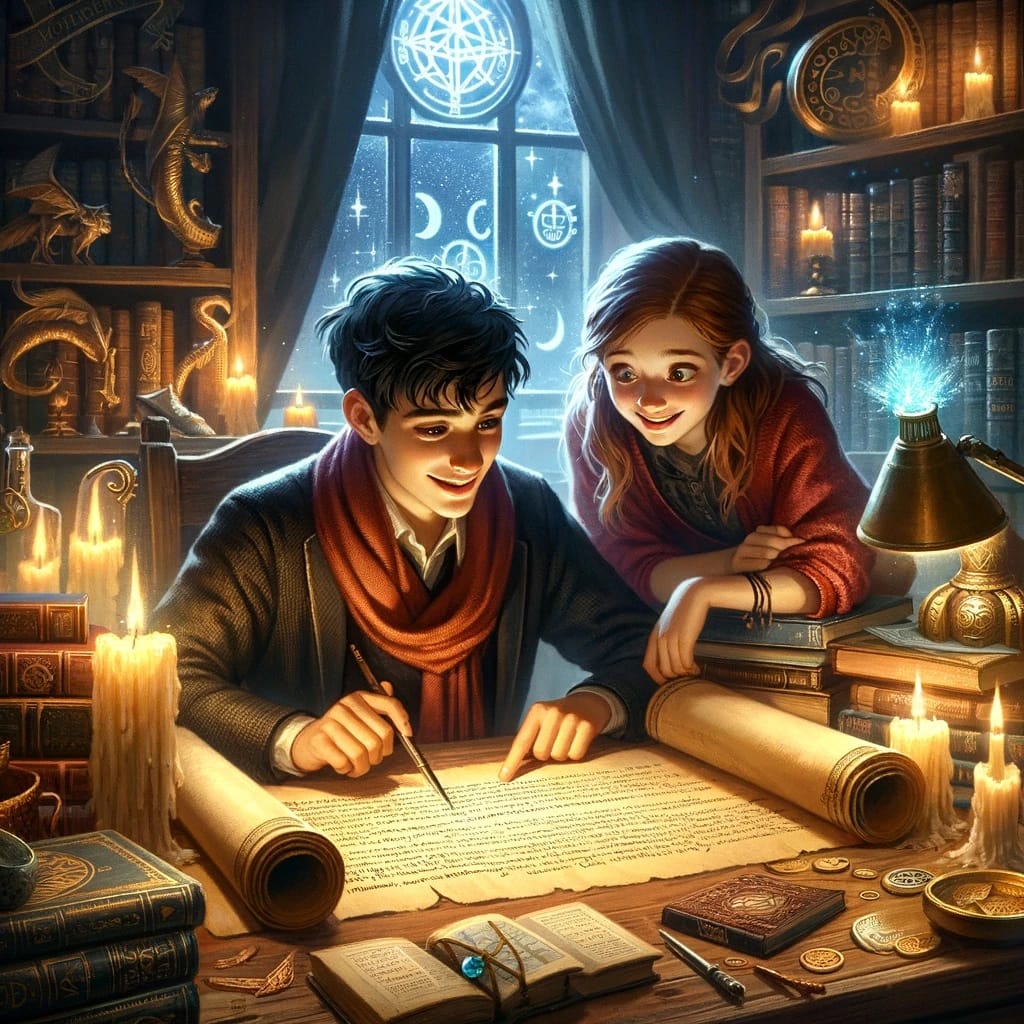
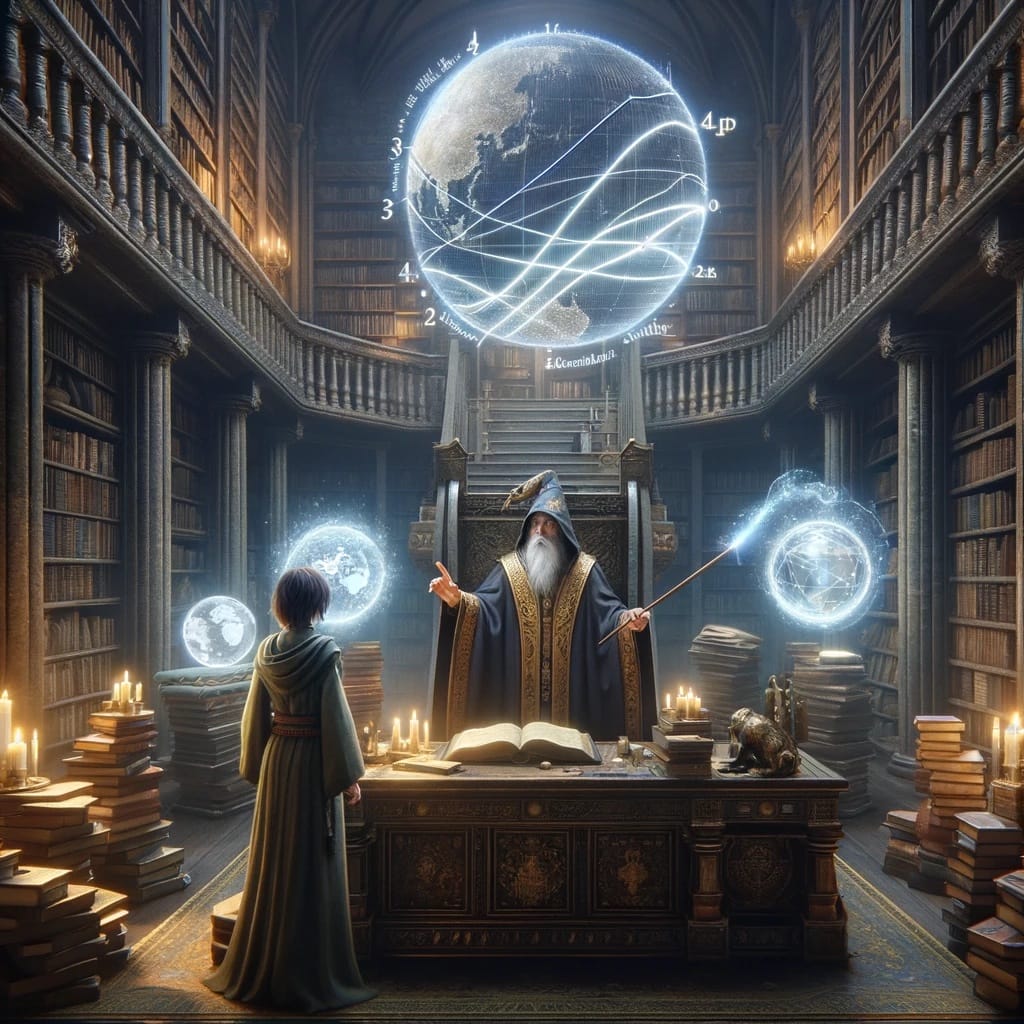
Trials and Tribulations
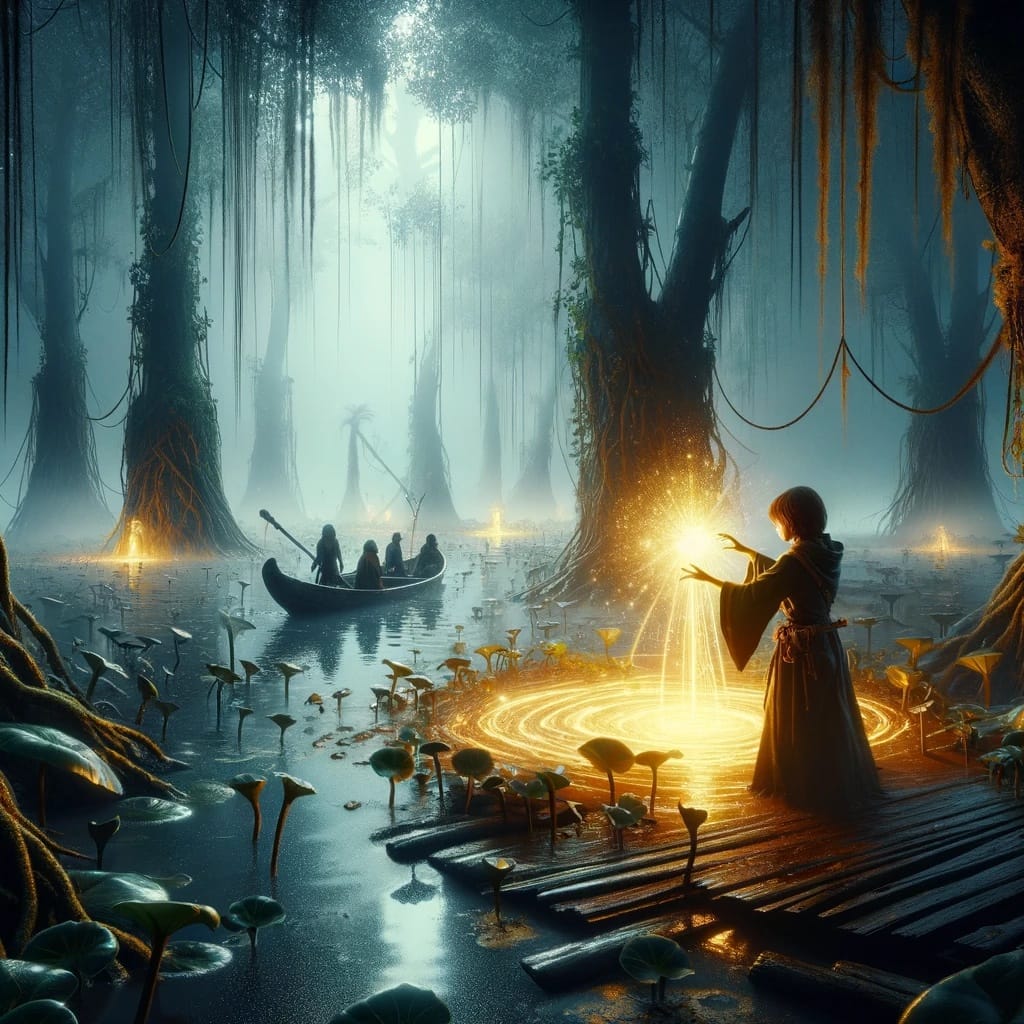
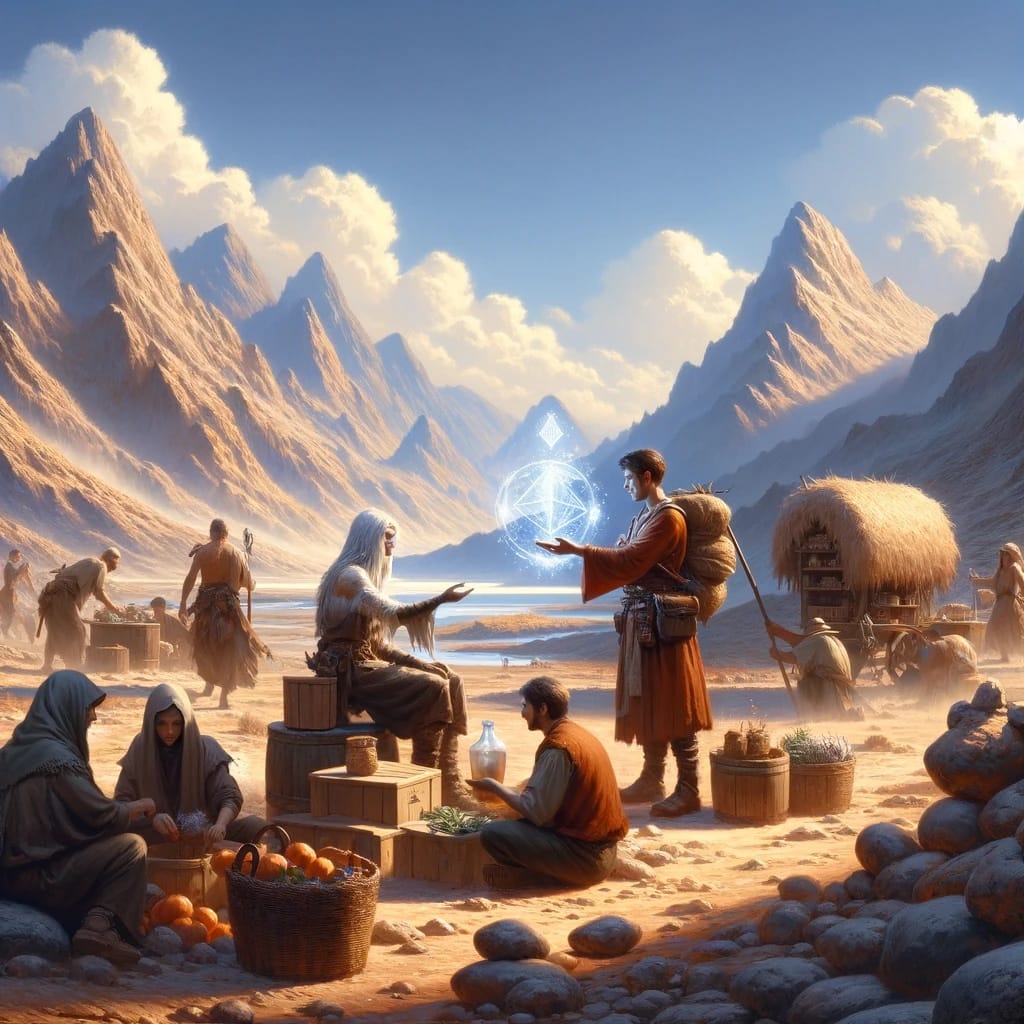
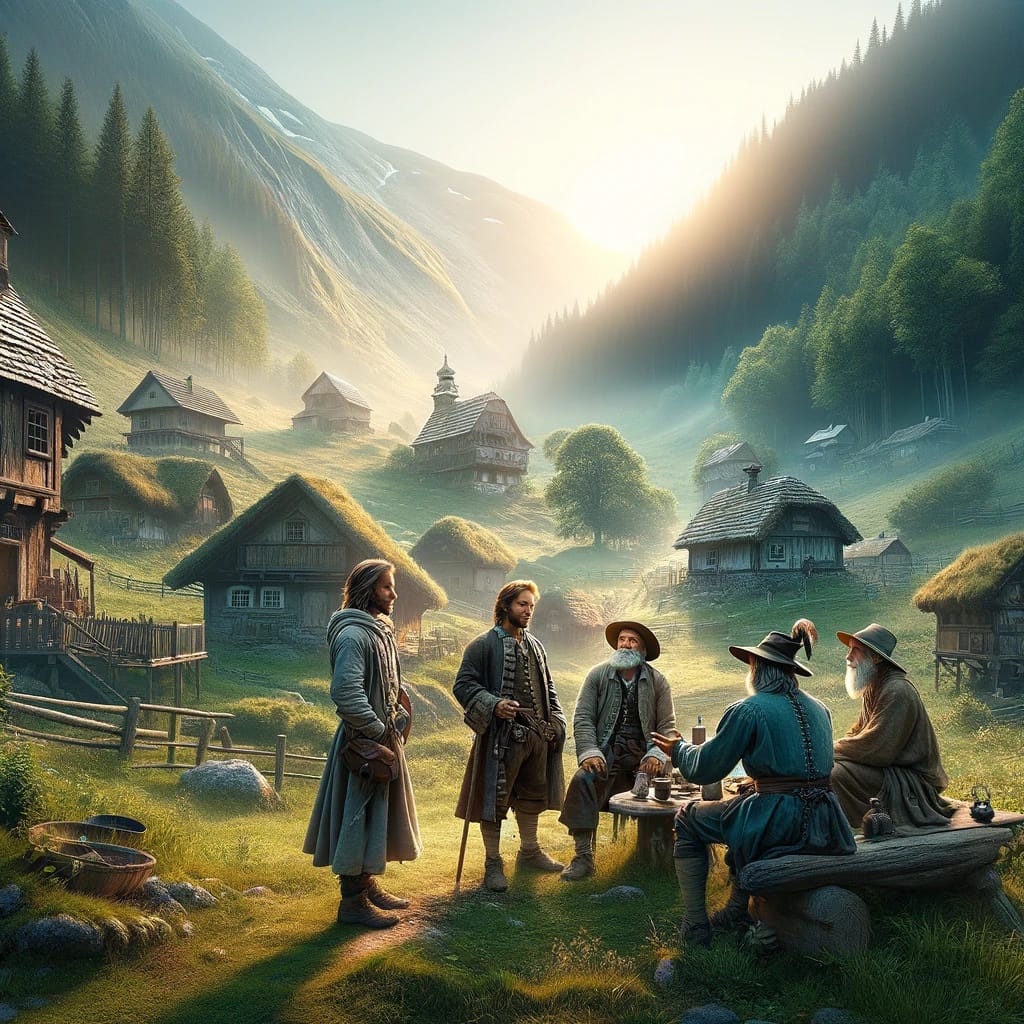
The Revelation
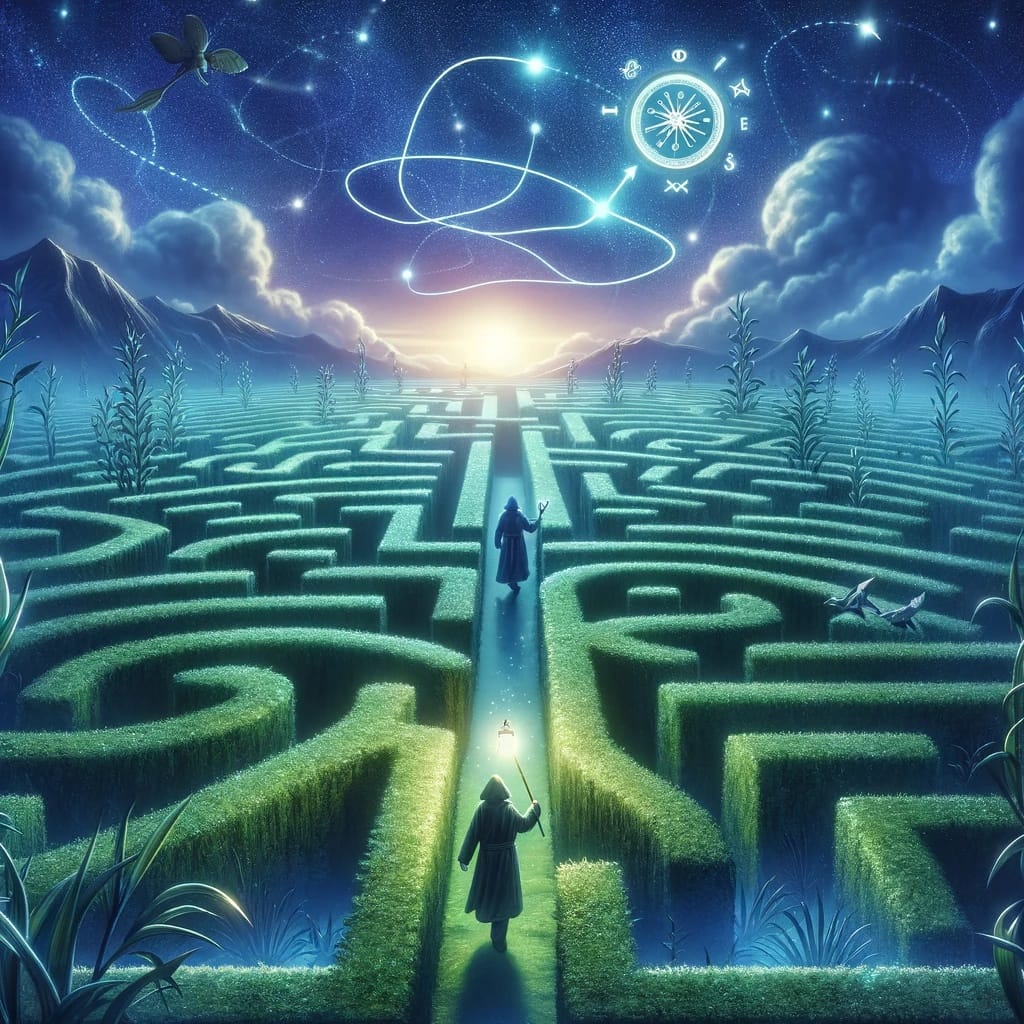
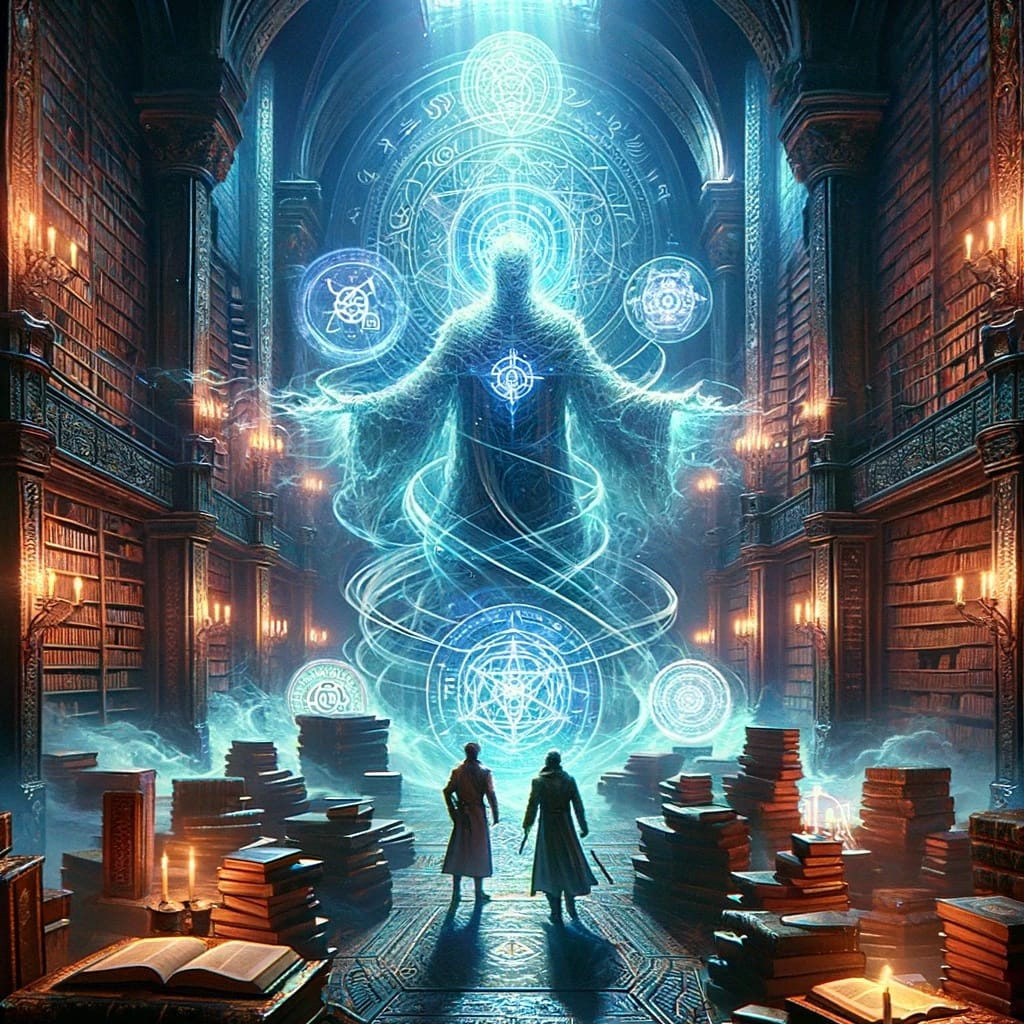
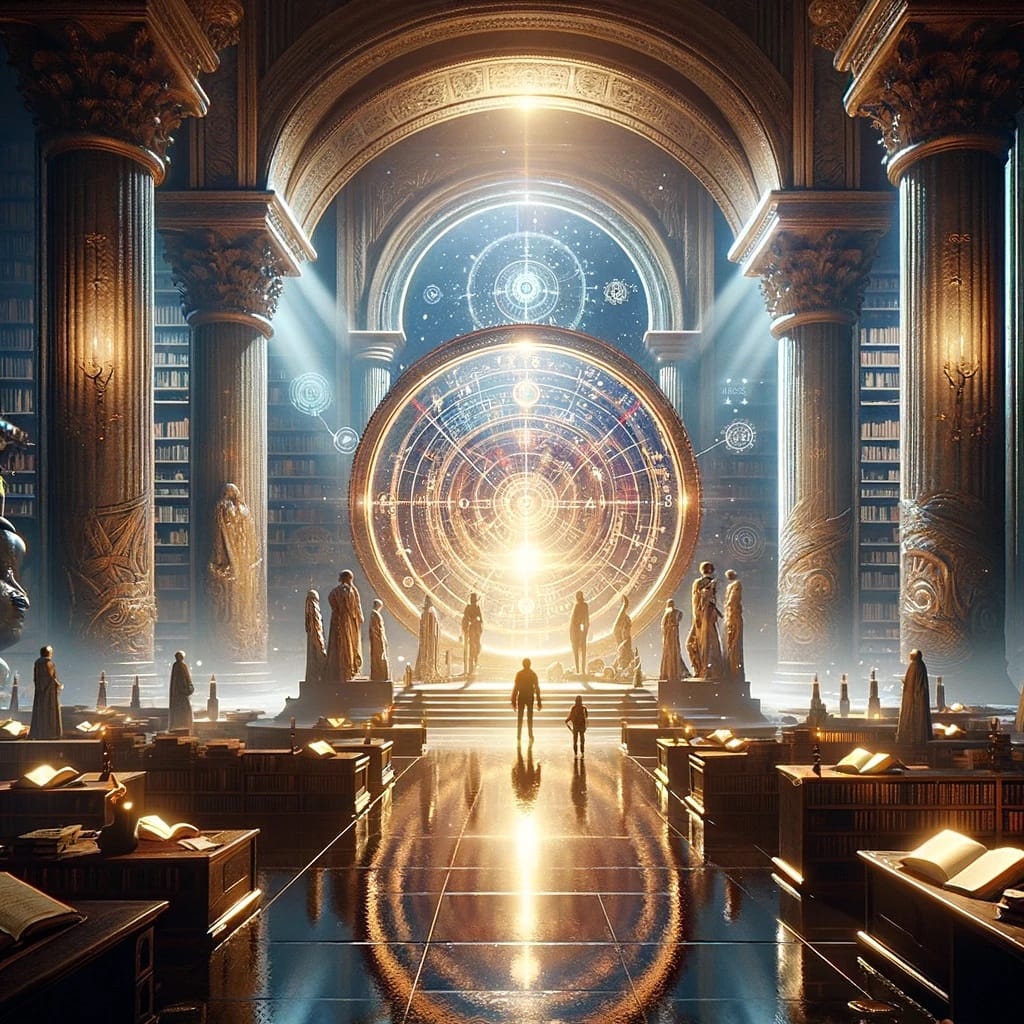
The Return
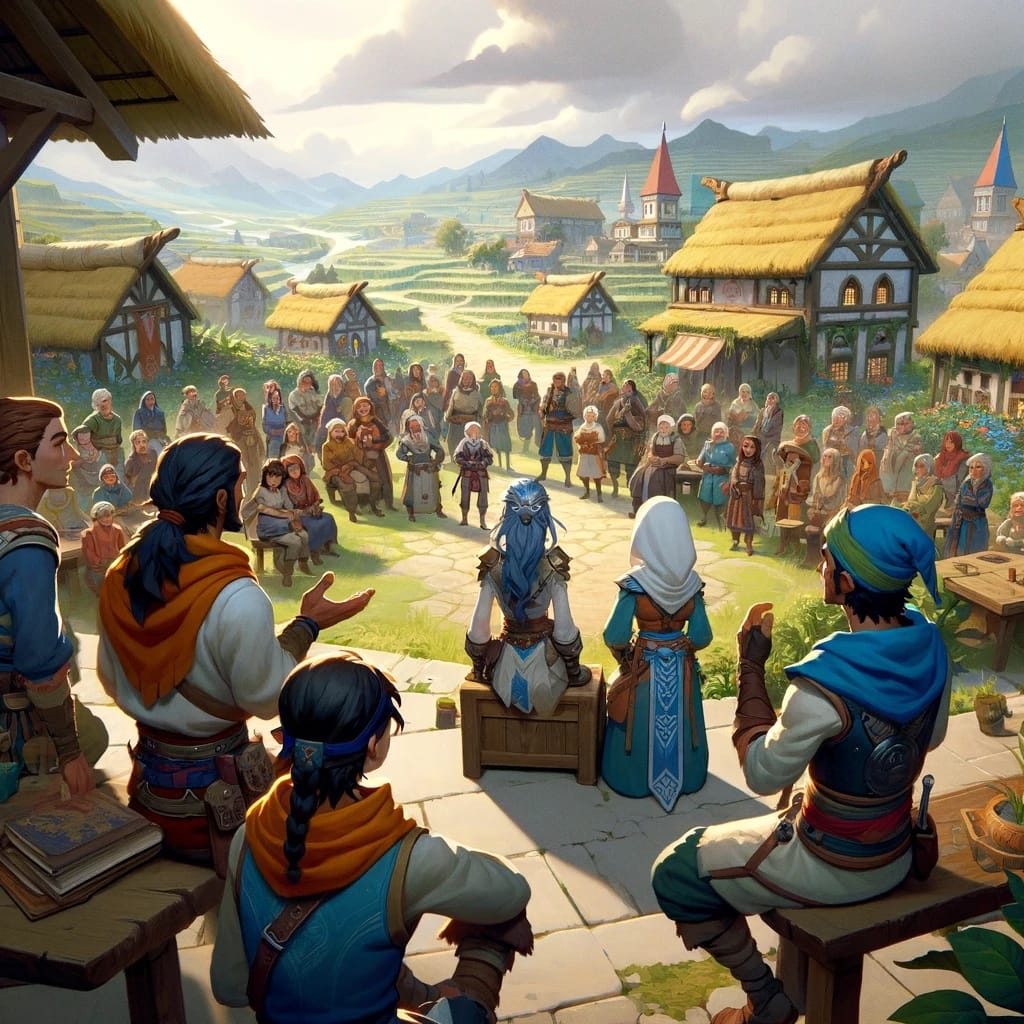
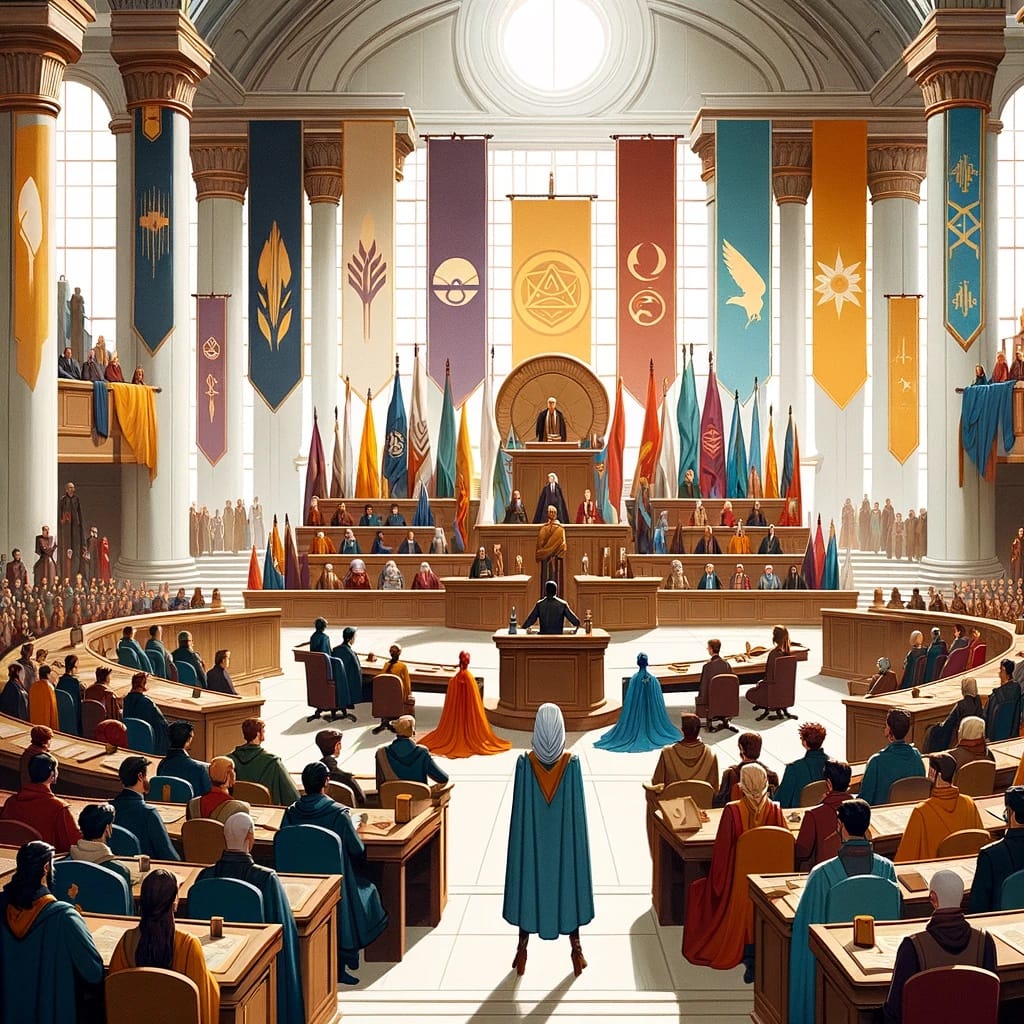
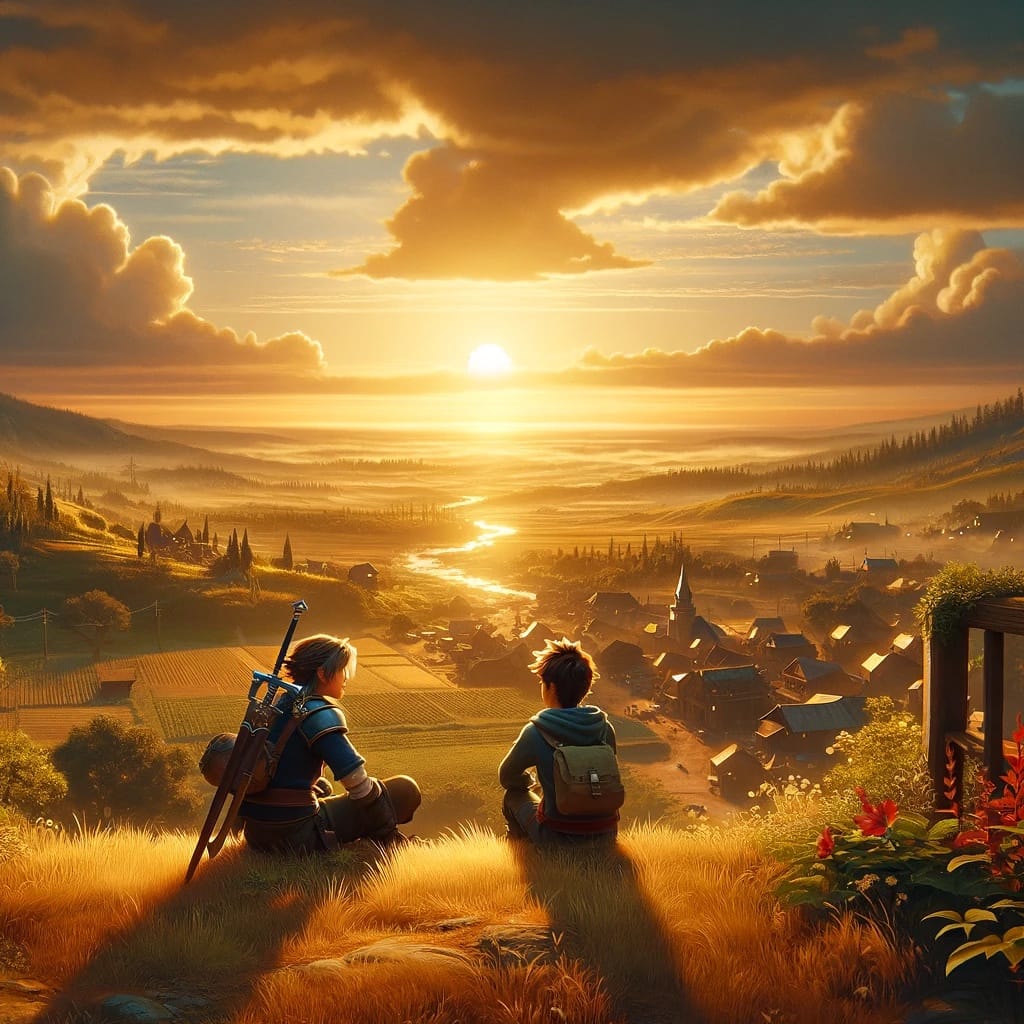
Credits
This story was created with the help of artificial intelligence, i.e. OpenAI’s ChatGTP 4 and DALL·E 2. I wanted to get an overview of economic theories and found the topic a bit dry, so I asked ChatGPT to tell me a story about it. The characters are not very consistent over the different scenes, but there are AI image generation tools that are much better at this, which I might explore in the future.

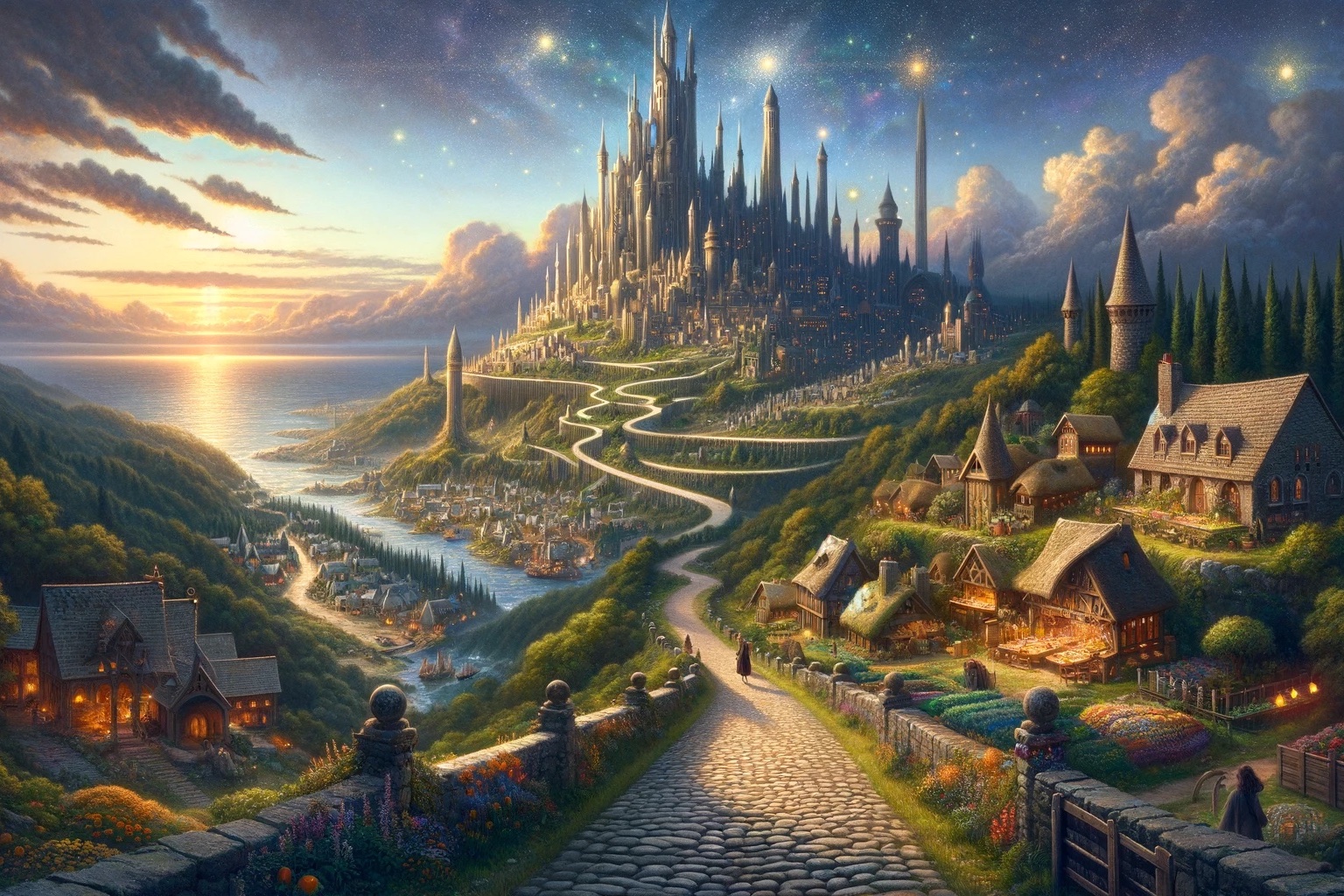


Schreibe einen Kommentar